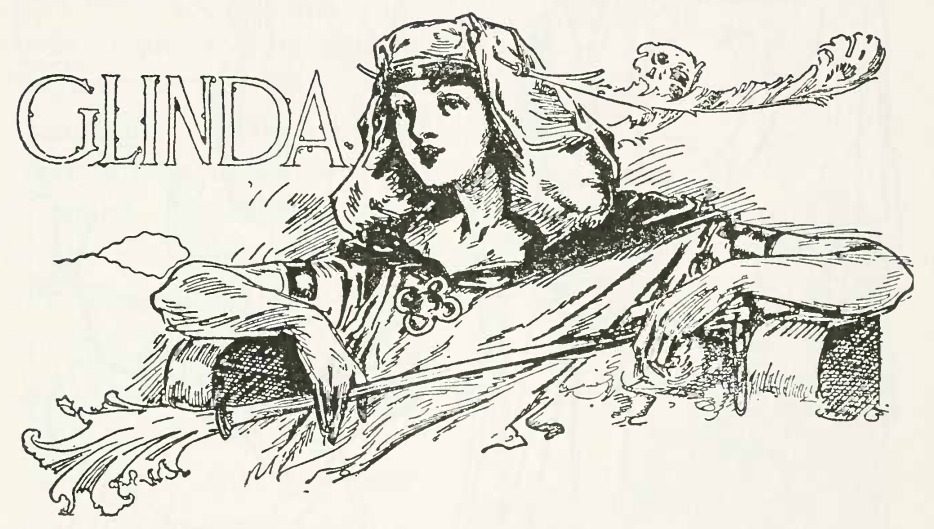
In Oz, animals such as the Glass Cat are inarguably people, with no more or less intelligence and complexity. The Shaggy Man told the Glass Cat she should “purr soft and look humble” or else she warranted being killed, and now, with the reader not privy to the specifics, the Wizard physically removes her personhood to make her a submissive pet, the very identity she rejected and wanted to escape. Baum mocks the seen-not-heard attitude of the Horner women yet endorses it for the Glass Cat. The “soft voice” with which she uncharacteristically thanks the Wizard is the first time the reader has seen her since Ojo left for Quadling Country, creating a chilling scene despite the celebration. At least the Wizard (or Glinda) sees fit to spare Scraps. Does Oz welcome diversity and oddness, or do they violently force people to comply by destroying their personhood? Ozma already did this with the invaders in The Emerald City, though there the act feels justifiable since they were, well, merciless bandits and not a slightly surly person.
The Wizard has become Glinda’s enforcer, destroying people and hoarding the magic to a coterie of elites. He literally boasts about his powers of control: “You’re a stranger here, Miss Patches, and so you don’t know that nothing can be hidden from our powerful Ruler’s Magic Picture—nor from the watchful eyes of the humble Wizard of Oz” (228). And listen to what a bootlicker (and hammy carnival barker) he is: “I beg to announce that our Gracious Ruler has permitted me to obey the commands of the great Sorceress, Glinda the Good, whose humble Assistant I am proud to be” (336). The Wizard himself has been domesticated. No longer a morally ambiguous conman with a complex role, he is an allegedly pure good, totally honest cop.
Ozma bans magic, which in this fictional world is almost in the same league as banning fun. She runs a surveillance state that burns books. Also, if you are in Oz, you are incapable of leaving because of Glinda: the Wise Donkey states directly that he is stranded there, unable to return to his homeland Mo (93). Not only can people not escape Oz, but Glinda’s magic has erased the ability to even see the outside world. Instead of the Deadly Desert, Dorothy reports “in any direction, there is nothing to be seen at all” (269). Granted, the prison in the Emerald City is a lovely house, Ojo is the first person to stay in it, and Ozma pardons everyone with the same mercy she earlier showed Mombi, but this does not change the dystopian implications.
The Magic Picture, remember, allows Ozma and her cronies to survey anything anywhere in the world. Worse than the telescreens of Nineteen Eighty-Four, the painting, a whimsical way to keep in touch with Dorothy in Ozma of Oz, has instead turned Oz into an inescapable panopticon.
My issue is not that Oz has become this but that Baum is totally uncritical of these ideas—and, worse, allows them to dull down and simplify his world instead of bring out new qualities.